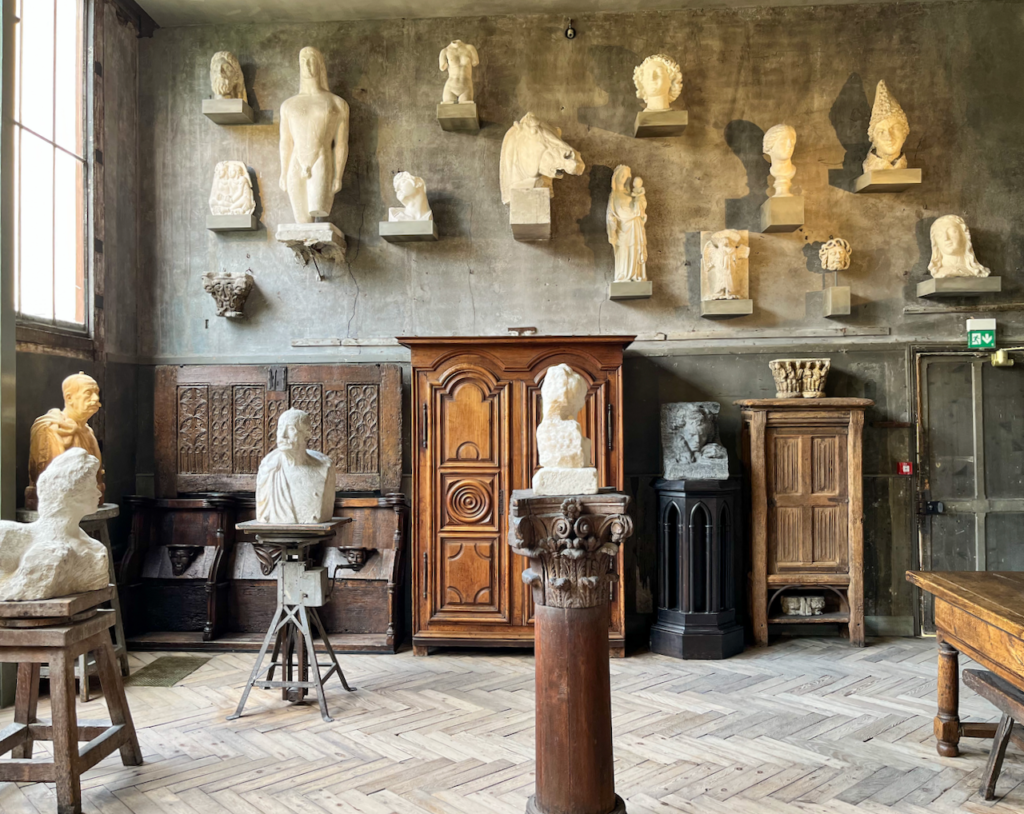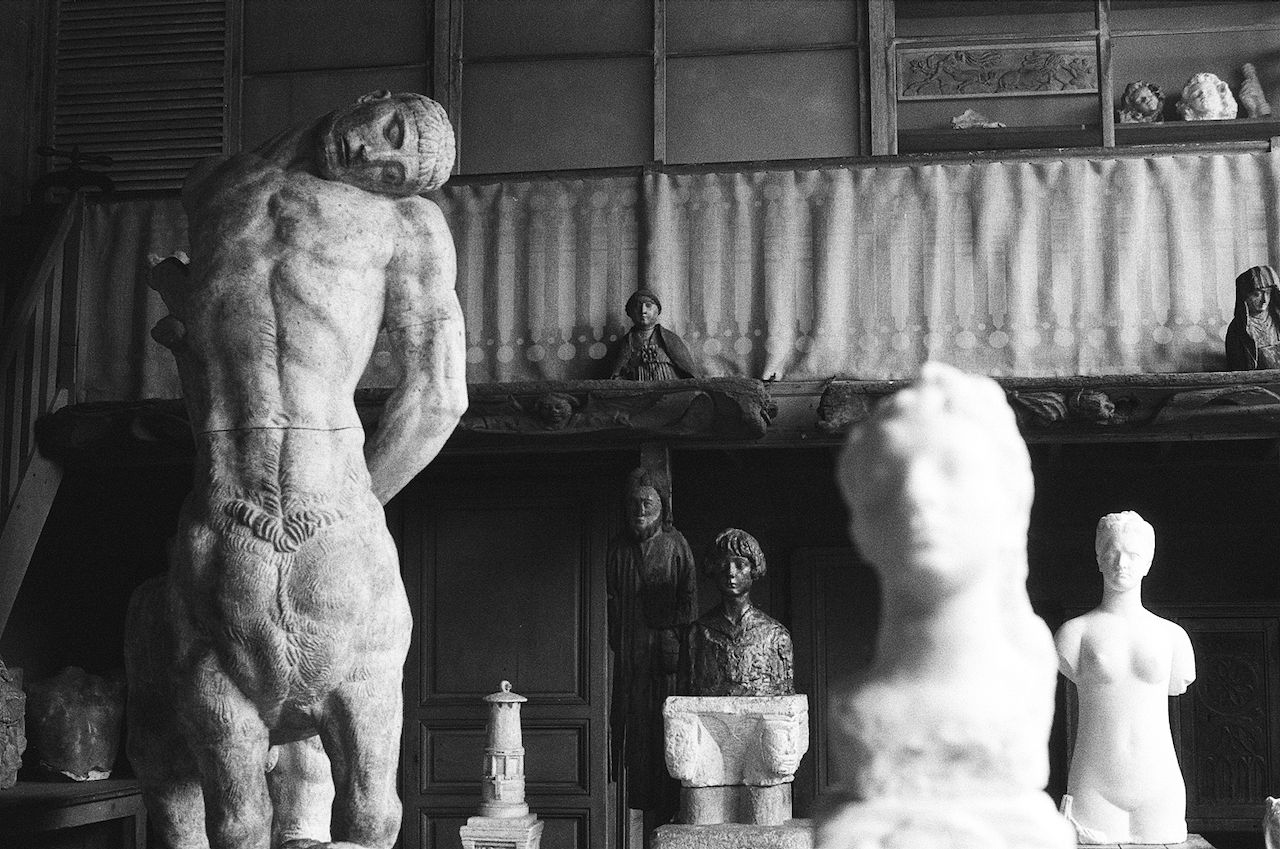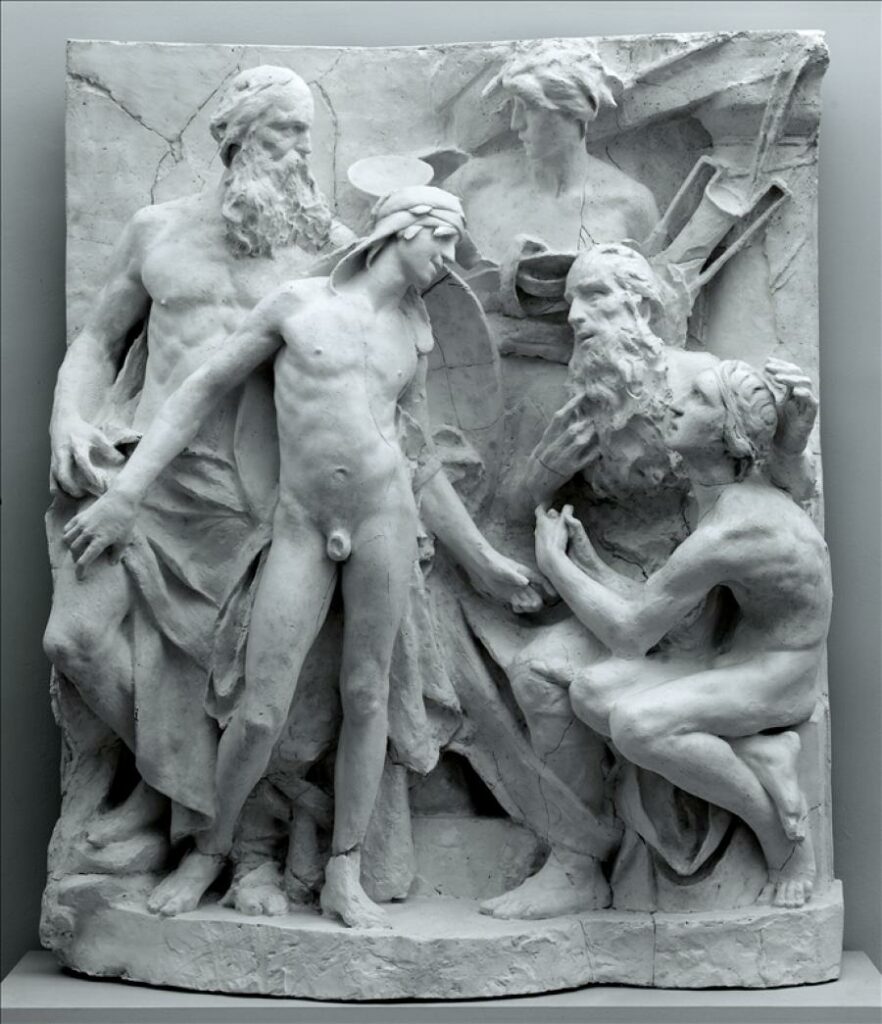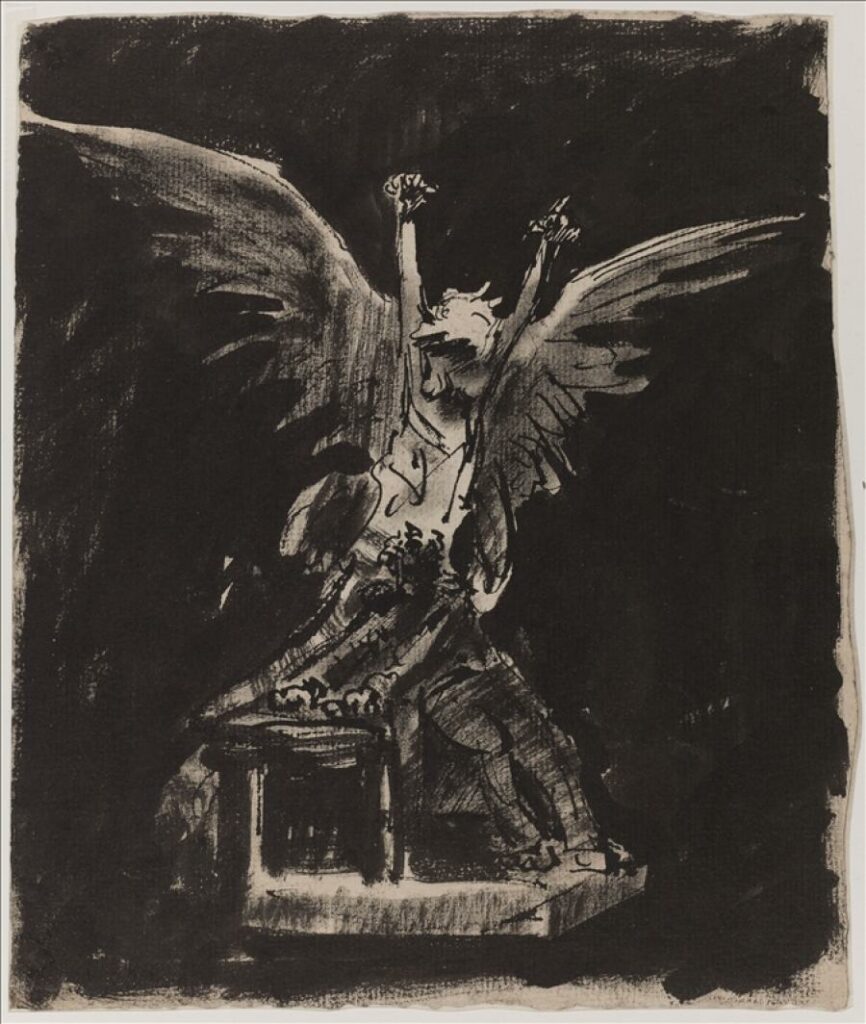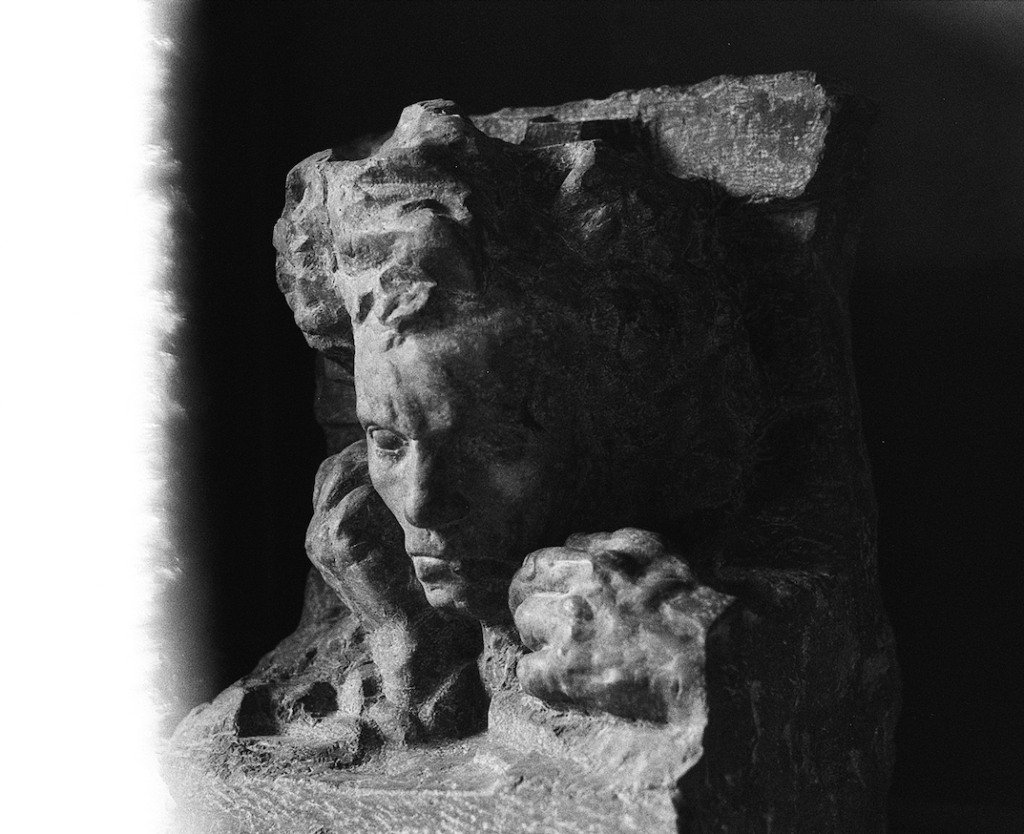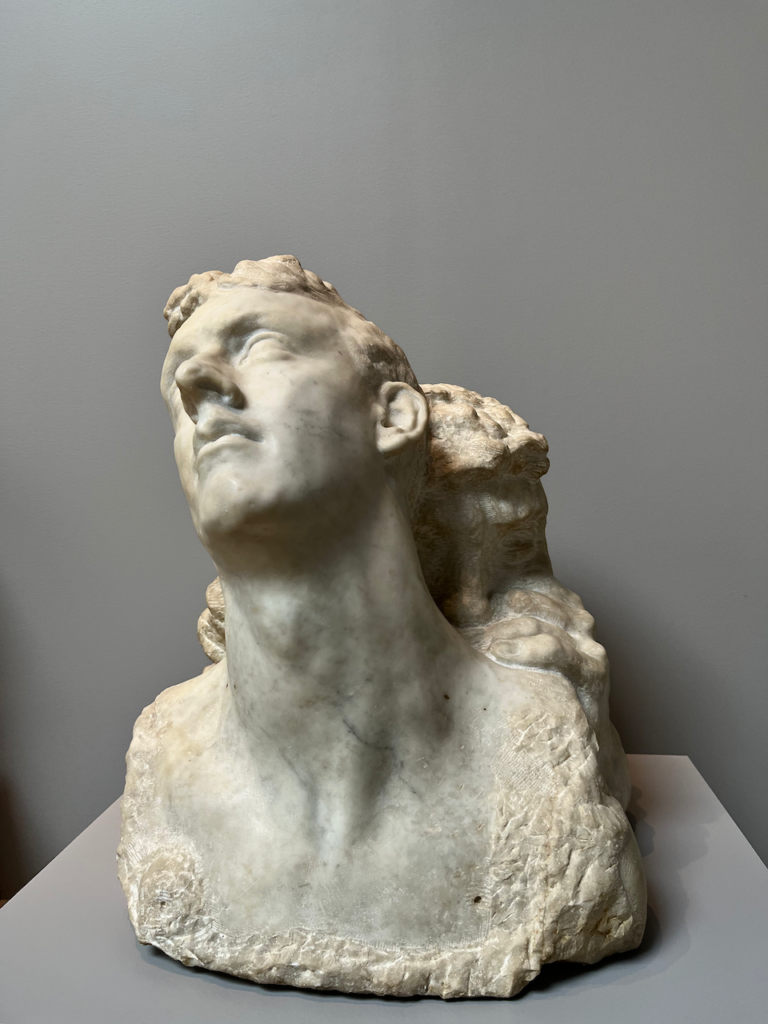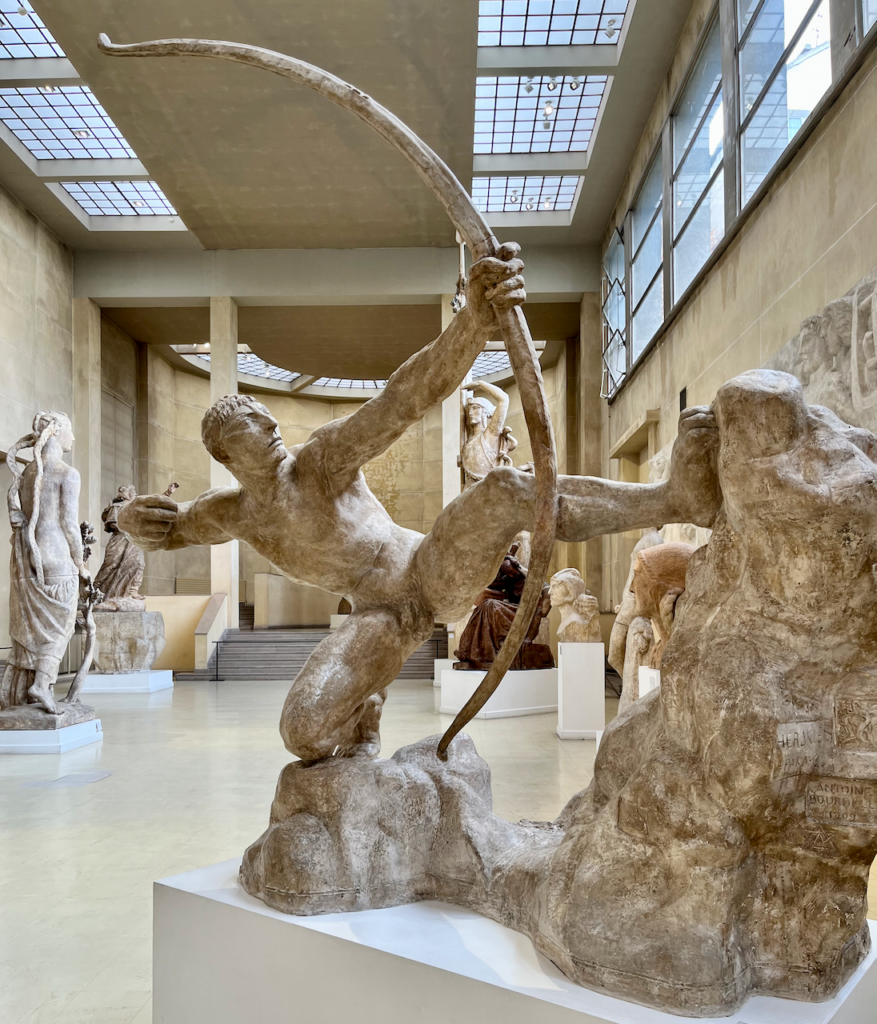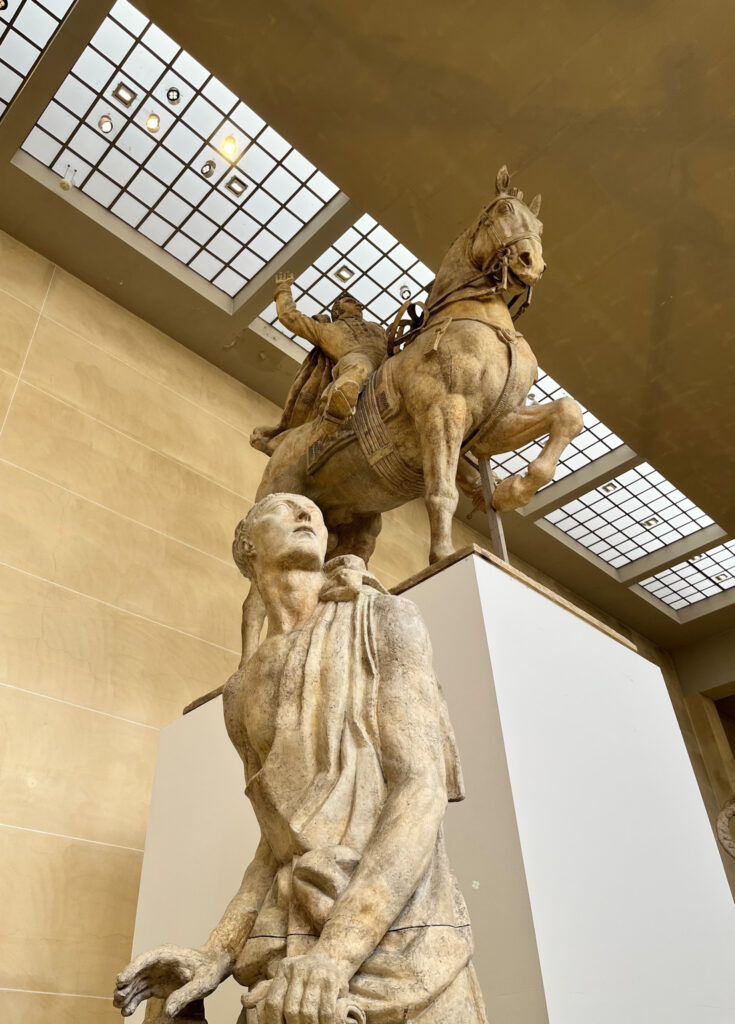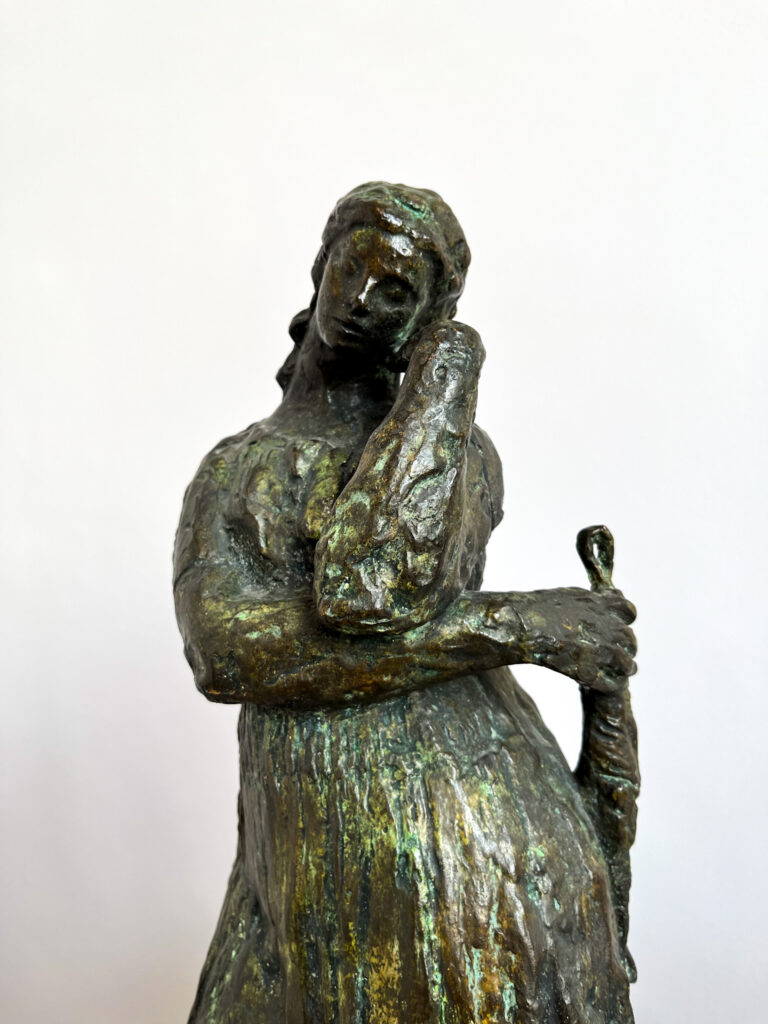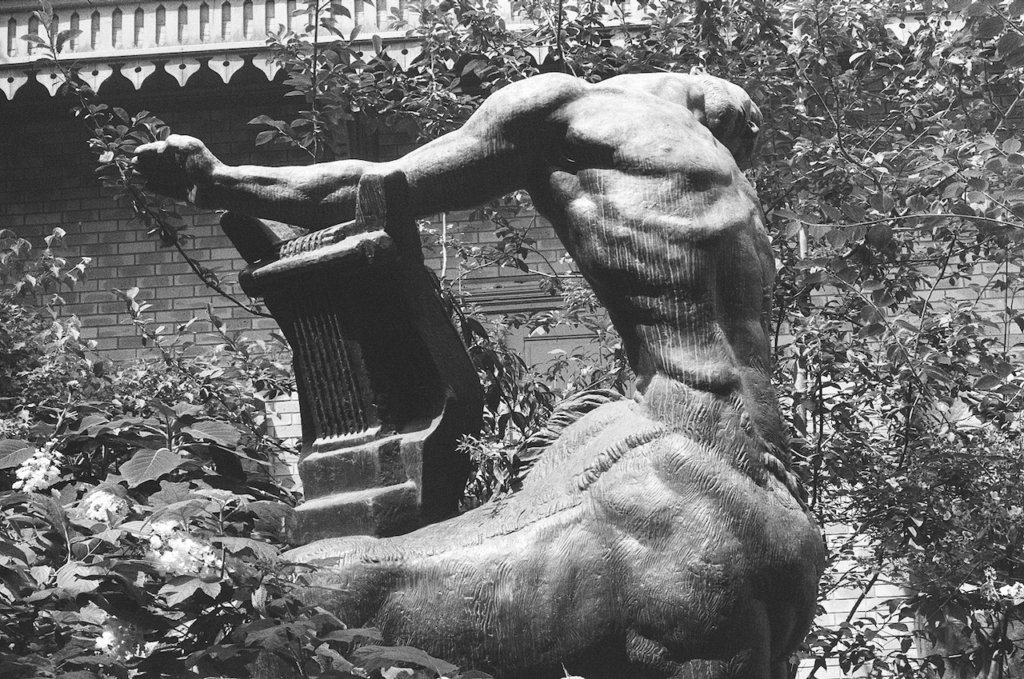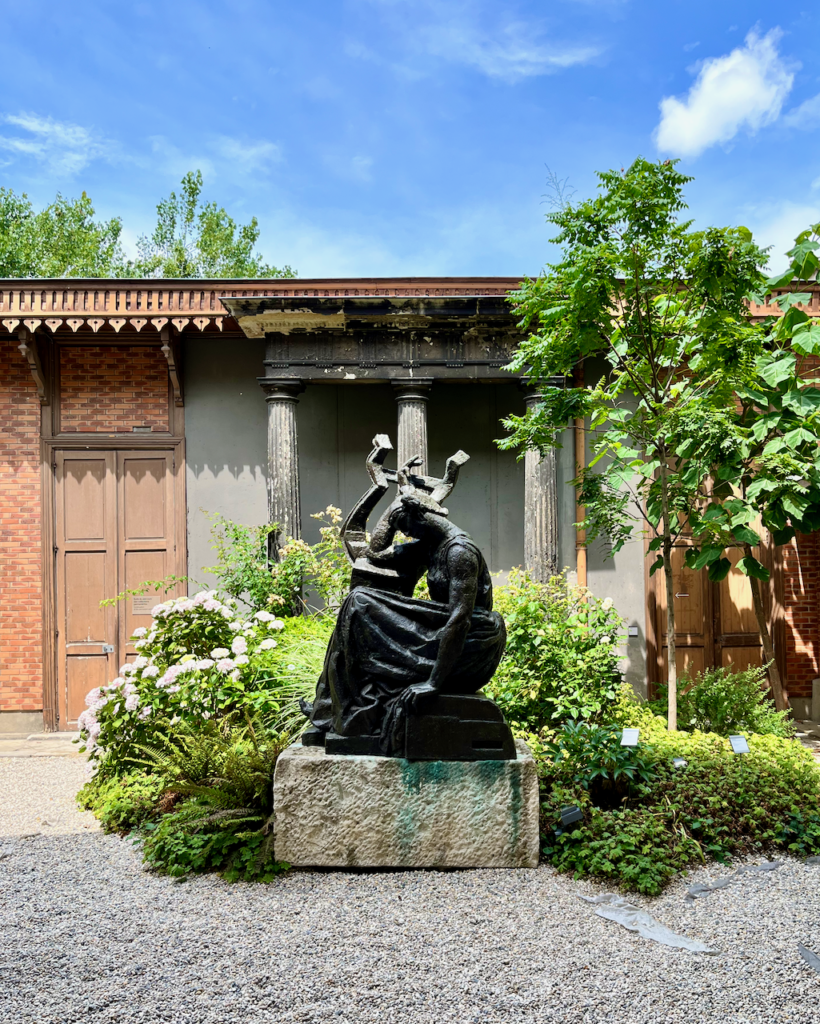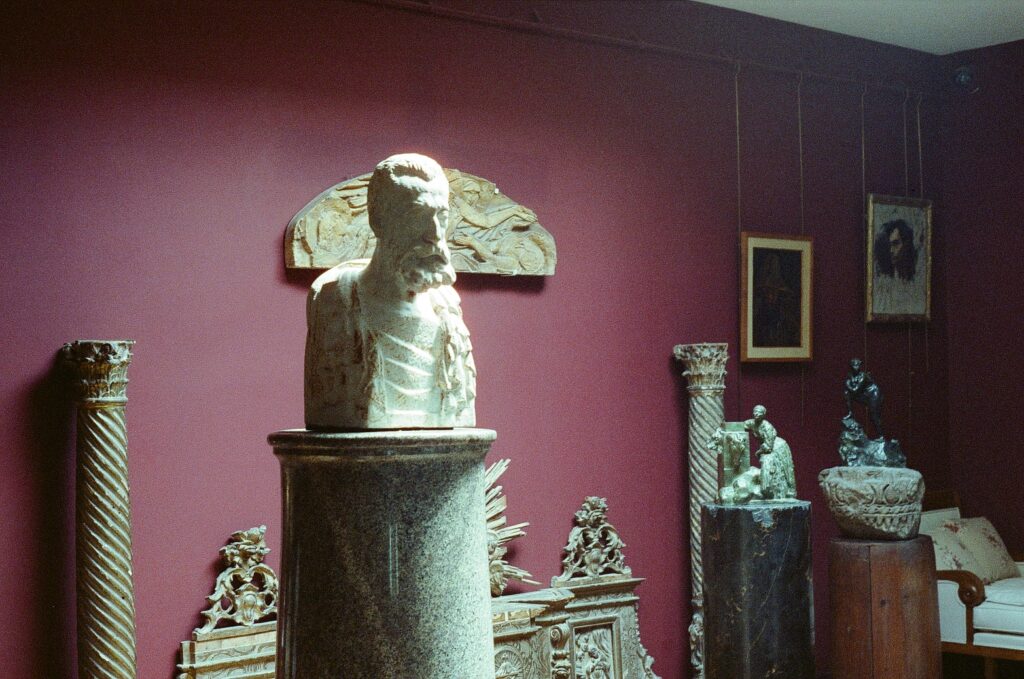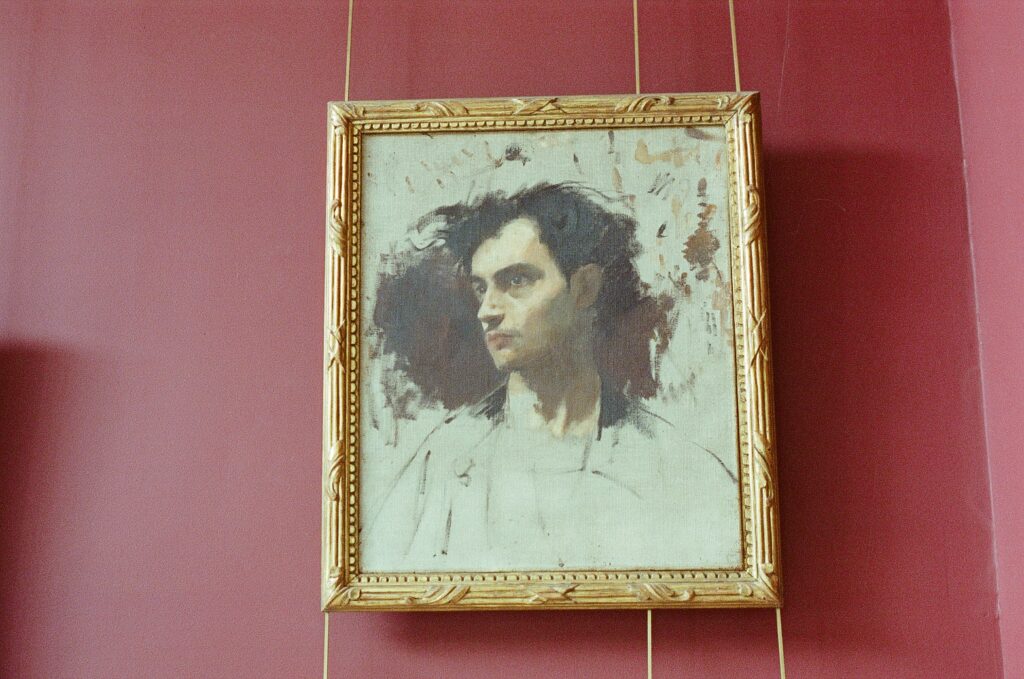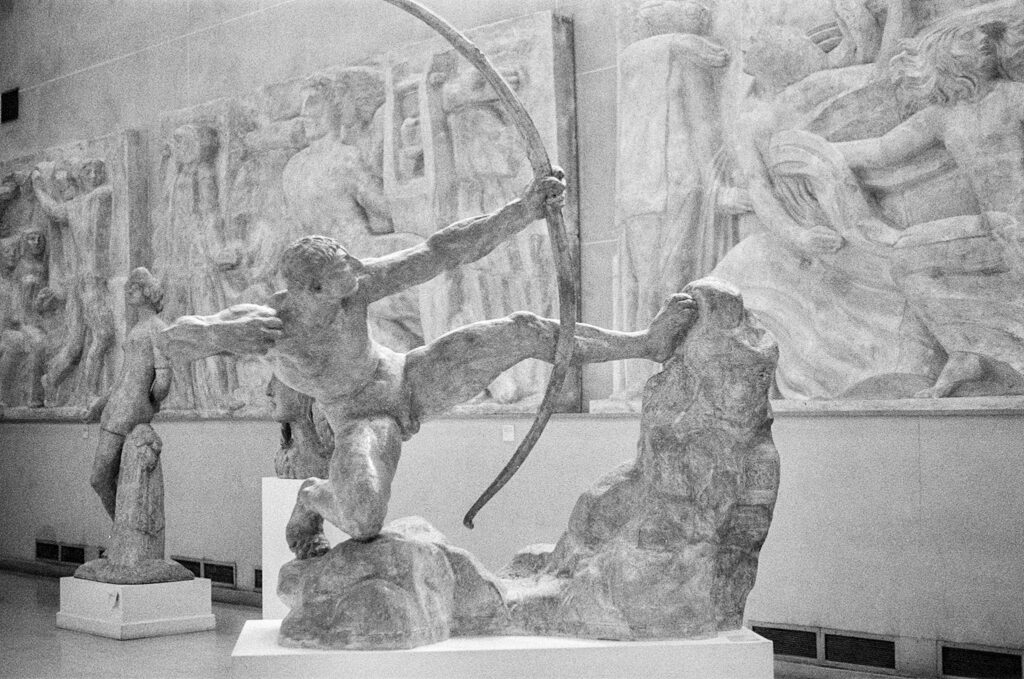The Musée Bourdelle
The Musée Bourdelle, located in Paris’s historic Montparnasse district, reopened in March 2023 after undergoing significant renovation, most importantly of the artist’s atelier.
Antoine Bourdelle (1861-1929), known primarily for his sculptures and his work on the Théâtre des Champs-Élysées (inaugurated in 1913), was also a prolific painter and his work includes many drawings as well. His drawings and ink washes reveal an artist who embraced the spirit of fin de siècle and shared the same milieu as Symbolist poets who had inherited the legacy of Baudelaire and Mallarmé, while the Théâtre des Champs-Élysées is an Art Deco masterpiece.
For Parisians in the know, the Musée Bourdelle is a classic museum to visit away from the crowds, in part because it is much less known to many a traveller to Paris. As the museum has recently reopened, we invite our readers to discover a little bit of this unique space and the artist behind it.
Antoine Bourdelle was born in 1861 in the town of Montauban, near Toulouse, in the southwest of France. After having received a first scholarship to the Académie des beaux-arts of Toulouse in 1876, seven years later he entered a competition to continue his studies in Paris. He came in second place with his sculpture Telemachus received by Nestor at Pylos. The sculpture depicts a scene described in both the Iliad and the Odyssey (book 17):
we went to Pylos and to Nestor, the shepherd of the people, and he received me in his lofty house and gave me kindly welcome, as a father might his own son who after a long time had newly come from afar: even so kindly he tended me with his glorious sons
This same sculpture gained him admittance to the Beaux-Arts of Paris in 1884, and he entered the atelier of Alexandre Falguière for his studies. After two years he left Falguière’s atelier and began to rent his own in Montparnasse—which would later become the Musée Bourdelle.
Bourdelle became a regular figure in the artistic circles of Montparnasse, regularly frequenting the literary cafés of Montparnasse, including the Closerie des Lilas, where he exhibited a series of ink drawings in 1889.
He was closely tied to the Symbolist movement and took part in the first Salons de la Rose+Croix in 1892 and 1893. Like the poets Baudelaire, Verlaine or Mallarmé, he was interested in themes of shadow and darkness—images of the gallows, witches and demons, danses macabres feature strongly in his early work, which ‘probes the obscure regions of the psyche and unacknowledged desires of Day and Night…’
Closely tied in with this imagery is his near obsession with Beethoven: over the course of his career he produced some 80 sculptures of the composer and pianist. In the ink wash below he depicts Beethoven with an allegory of his genius, arms clenched and raised high in a triumphantly tragic gesture. Click here to zoom in using Second Canvas.
Above is a photograph of a study for one of Bourdelle’s many sculptures of Beethoven. The work is on display at the Musée Bourdelle.
‘Day and Night or Adolescence’ captures the features of the young Marquess Henri du Bideran, described in Bourdelle’s own words as ‘beautiful as the day.’ Behind the head of the young marquess one can perceive the irrevocably attached opposite of the day—the night, lacking form, is a reminder of the irrevocable passage of time and the unity of two opposites which can never be separated.
One of the most visually impressive spaces in the museum is the Great Hall. Built by the architect Henri Gautruche in 1961 on the 100th anniversary the Bourdelle’s birth, it houses monumental plaster casts, including Penelope, the Dying Centaur, the Archer Heracles, the Monument to General Alvear, France, the frieze of the Théâtre des Champs-Élysées…
Above is a plaster cast of the Archer Heracles. This sculpture was acclaimed at the 1910 Salon des artistes. A bronze model stands in the courtyard outside.
Below, the viewer looks up to the equestrian statue of General Alvear. In the foreground is a personification of Eloquence, one of the four figures that feature on the base of the monument.
Above is a plaster cast of Penelope waiting for Odysseus. Behind are two friezes for the Théâtre des Champs-Élysées—the Dance, on the left, and, on the right, Comedy.
Below is a bronze version of Penelope (1905-1912). Her facial appearance is that of Bourdelle’s first wife, Stéphanie van Parys, while the posture is evocative of his drawing of Cléopâtre Sevastos (‘Sevastos in Ecstasy before the Divine Hindus’), who would become his wife in 1910.
In the gardens one can admire a bronze cast of the Dying Centaur. Originally featuring in one of Bourdelle’s frescos at the Théâtre des Champs-Élysées, he soon created a version in sculpted form. The centaur is Chiron, who unlike other centaurs, was educated by Artemis and Apollo. Here he holds a lyre, symbol of music and a reminder of his training by Apollo.
Below is Sappho (c. 630-570 BCE), the ‘Poetess’ or the ‘Tenth Muse,’ acclaimed for her lyric poetry in ancient times and a continuous source of inspiration for artists and writers ever since.
In addition to the sculpture studio shown above, Bourdelle’s painting studio is also able to be visited and includes a selection of his paintings as well as sculptures.
We would like to conclude with the frieze of Apollo and the Muses that features on the façade of the Théâtre des Champs-Élysées. Above is a plaster cast in the Great Hall, while below is the frieze as it appears on the theatre.


